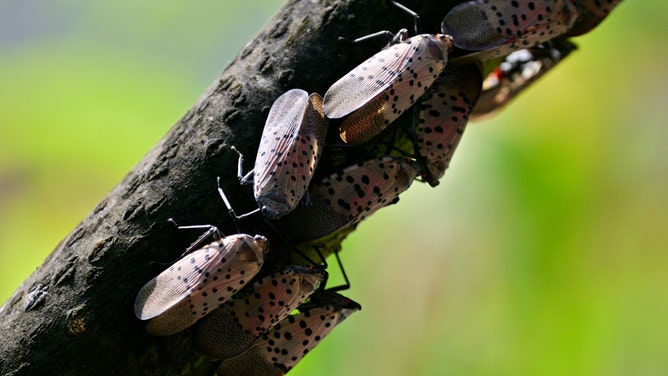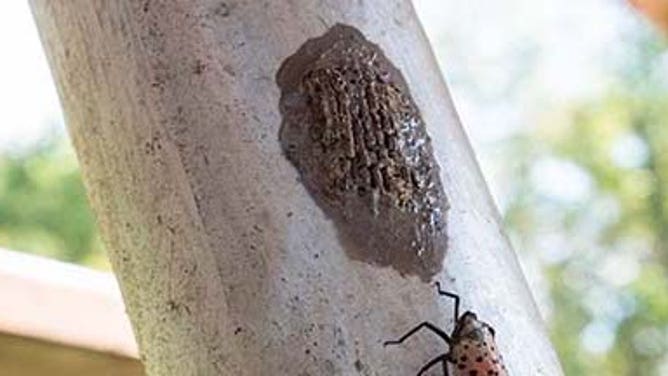USDA again asks for help squashing these invasive bugs
According to the USDA the spotted lanternfly and gypsy moth are highly detrimental invasive insects, causing significant economic and environmental harm.
9-year-old scientist honored by Yale for spotted lanternfly work
Bobbi Wilson, 9-year-old scientist, gains recognition for her work on the eradication of the spotted lanternfly months after being the subject of a police complaint. Wilson, joined by her mother Monique Joseph, spoke on the spotted lanternfly collection and receiving the donor scientist award from Yale University.
LOS ANGELES - Once again, the U.S. government is urging people to act against certain insect pests.
Not all bugs. Just a few particular invasive species, such as the spotted lanternfly and the spongy moth, threaten fruit crops and trees in the United States, according to the U.S. Department of Agriculture (USDA).
Last year, Americans were asked to destroy any eggs or insects they found. The Department of Agriculture is again asking residents to be vigilant for spongy masses emerging outdoors "to help stomp out invasive pests this spring."
CARS, TRUCKS, TRAINS AMONG THINGS TO BLAME FOR SPREAD OF CROP-DESTROYING LANTERNFLY, STUDY FINDS

Spotted Lanternfly colonizes trees along a pathway on the banks of the Green Lane Reservoir, in Berks County, PA on September 16, 2018.
(Bastiaan Slabbers / NurPhoto / Getty Images)
Why you need to kill lanternflies
These spongy masses, identified as the eggs of the spotted lanternfly and gypsy moth, are described as "invasive insects with significant economic and environmental impacts," according to a notice released by the USDA earlier this month.
These masses have the capability to hitch a ride on various modes of transportation such as trucks, cars, trains, planes, and outdoor items, often going unnoticed, before relocating to different regions, the USDA cautioned.

A spotted lanternfly egg mass and an adult.
(USDA)
Presently, the spotted lanternfly has been identified in 17 states, while the spongy moth has been sighted in 20. Preventing these pests from hitchhiking to new states is crucial in mitigating their spread.
"Invasive insects and plant diseases, such as the spotted lanternfly, spongy moth, citrus greening, and many others, cost the U.S. an estimated $40 billion each year in damages to crops, trees, and other plants," Kathryn Bronsky, national policy manager for the spongy moth at Animal and Plant Health Inspection Service (APHIS) said. "Together, we can make a difference."
GLUE TRAPS MEANT TO CAPTURE INVASIVE PEST NOW POSES THREAT TO BIRDS
How to spot lanternflies?
According to information provided by the USDA, spotted lanternfly egg masses exhibit a flattened, mud-like appearance. Conversely, spongy moth egg masses are characterized by their fuzzy texture, sponginess, and are typically found in cream or brown hues.
Per guidance from the USDA, the recommended method for dealing with these masses involves a process known as "smashing and scraping."
This entails carefully crushing the masses and transferring them into a sealed plastic bag, which should then be disposed of in municipal trash. Furthermore, the agency suggests that pressure washing can be employed as an alternative method for removing the masses from sturdy outdoor surfaces.
